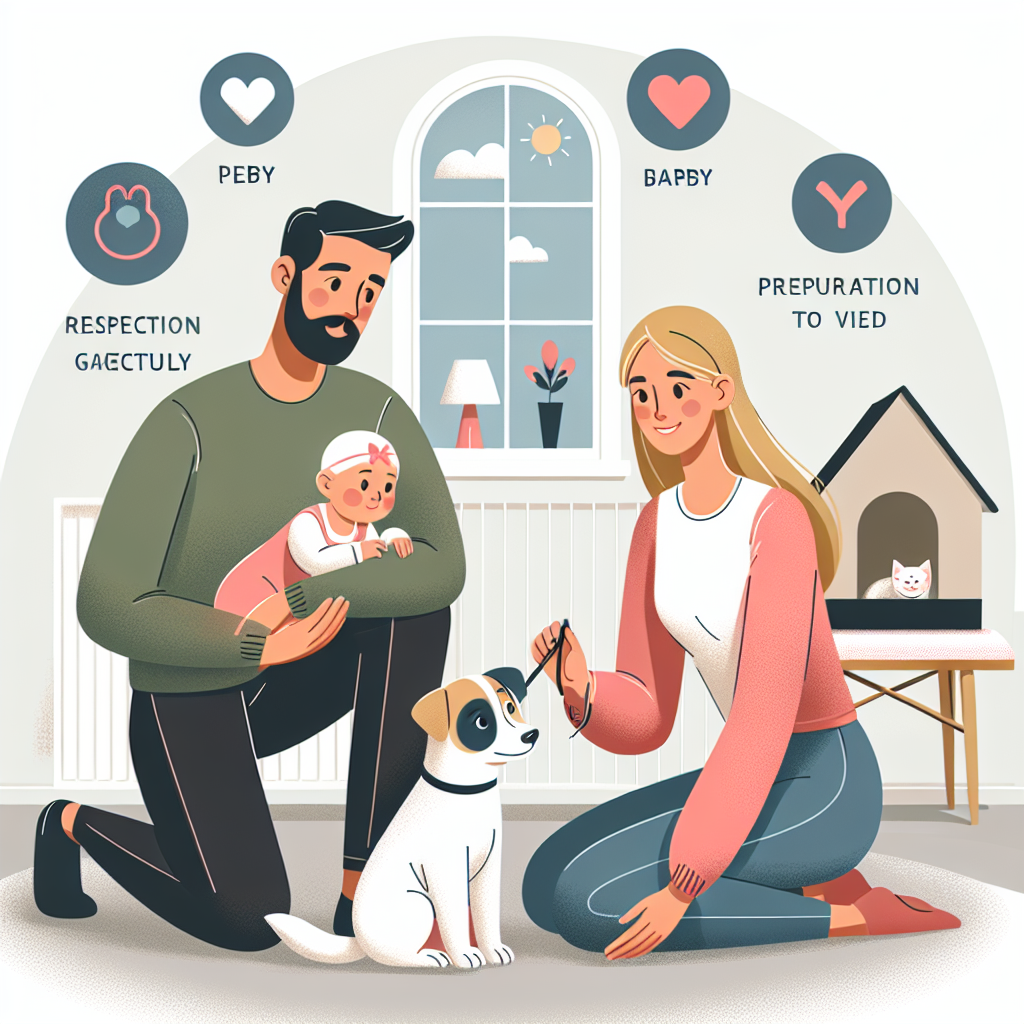Babies and Pets: What Parents Need to Watch Out For
When it comes to raising a child, having a pet in the home can be both a source of joy and a source of worry for new parents. Certain precautions are essential to ensure a harmonious coexistence between babies and pets. This comprehensive guide will help you better understand the essential steps you need to go through to manage this unique relationship.
Child Development and Interaction with Companion Animals
The child's development in the first months of life is extremely fast, and parents must be aware of the importance of establishing a safe environment for the little one. While some child development experts suggest that the presence of pets can stimulate a child's emotional and cognitive development, it is crucial to carefully monitor this interaction.
Motor Development
The child begins to explore the environment in the first months of life, and pets can be fascinating play partners for the little ones. However, parents should be cautious and closely supervise interactions between children and animals to avoid accidents. Cats, for example, may scratch, while dogs may suddenly become aggressive. The education of the animal and the monitoring of the game are essential for the harmonious motor development of the baby.
Language development
Talking to your baby and exposing him to various sounds plays an important role in language development. Pets can positively influence this process through their sounds and unique way of communicating. For example, dogs can stimulate vocal responses from children, who try to imitate the sounds made by these animals. However, it is important to ensure that the sounds produced by animals are not loud and do not frighten the child.
Child Health and Safety
There are certain health and safety risks that parents need to consider when it comes to the interaction between children and pets. Children's cribs and play areas must be no-go areas for animals to prevent the transmission of diseases and to avoid possible accidents.
Sanitation and Disease Prevention
Proper sanitation is essential in a home with pets and babies. Animals can carry parasites and bacteria that can affect the health of the child. Therefore, it is important that parents maintain thorough cleanliness and ensure adequate hand hygiene for both themselves and their children, especially before meals or after touching the animal.
Children's Allergies and Reactions
Another aspect worth considering is the predisposition of children to allergies. The existence of animal hair, dirty paws or saliva in the child's environment should be carefully monitored in order to detect any allergic reaction in time and take the necessary measures.
Pet Education
Pet education and training are vital before a new baby arrives in the home. Animals must understand the limits and be able to follow the rules set by the parents to guarantee the safety of the child. A visit to a professional trainer or animal behavior classes can be very helpful.
The Benefits of Having Pets
In addition to the safety and health aspects, it is important to emphasize the benefits of the presence of pets in the child's development. These can include developing empathy, responsibility and learning respect for other living things. Pets can also provide comfort and emotional support to children as they grow.
Conclusion
In conclusion, the relationship between babies and pets can be fruitful and full of memorable moments. However, to ensure a harmonious and safe coexistence between the little ones and the pets, it is essential to follow the precautions, to emphasize the hygiene and health of the child and to pay attention to the education of the pet. Informed and attentive parents can thus provide an ideal growing environment for all family members, regardless of whether they are on two or four legs.














































































































































